The Letters of Madame de Sévigné by Madame de Sévigné (RARE Carnavalet Edition), 1927 📜🇫🇷✒️
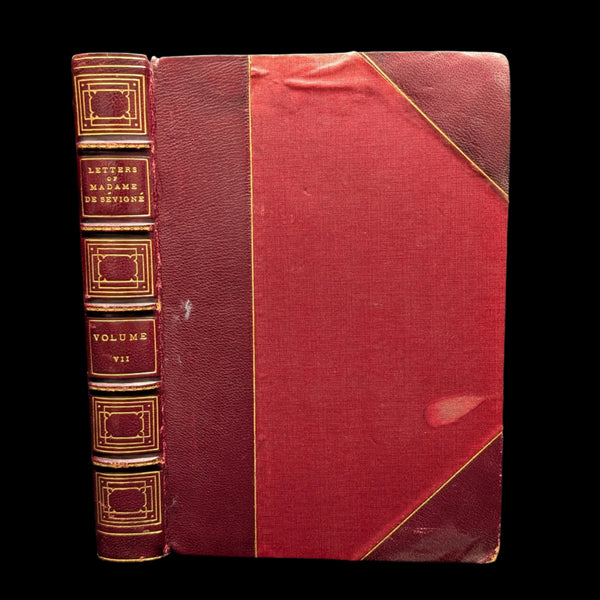
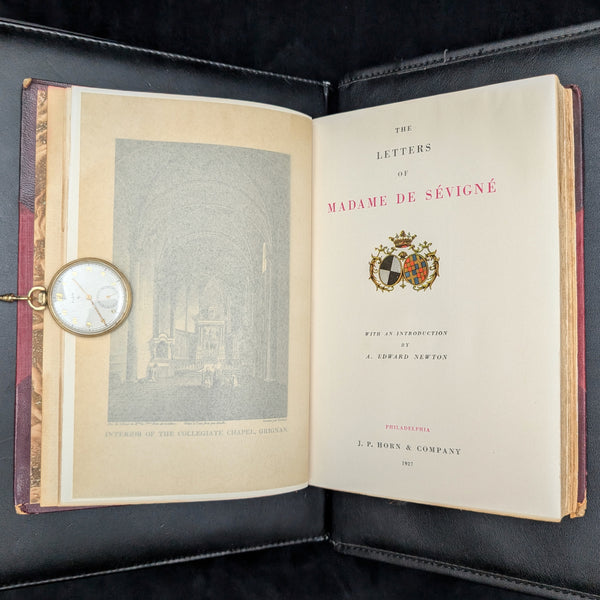
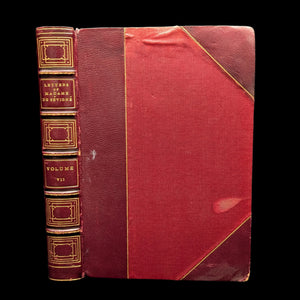
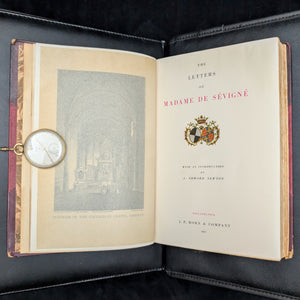
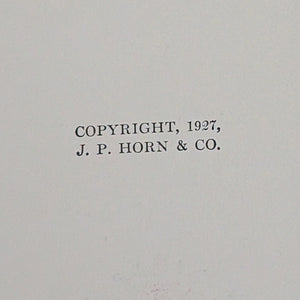
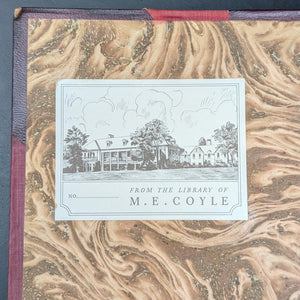
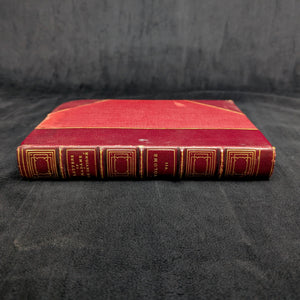
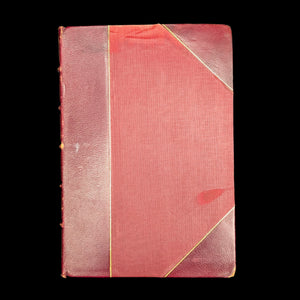

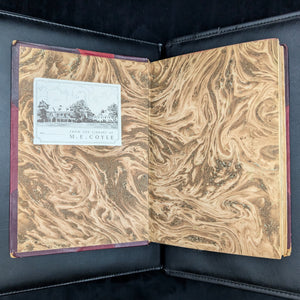
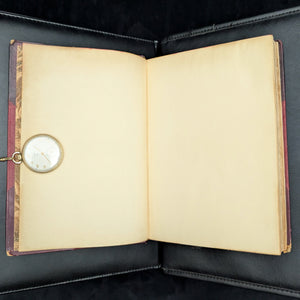
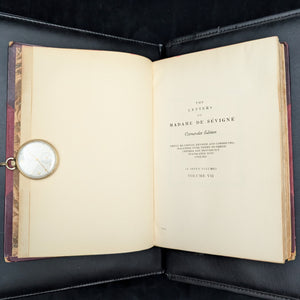
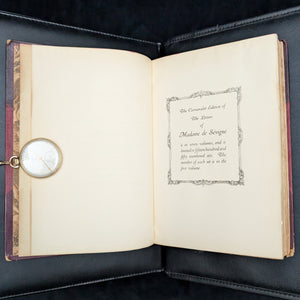
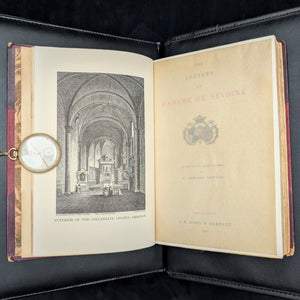
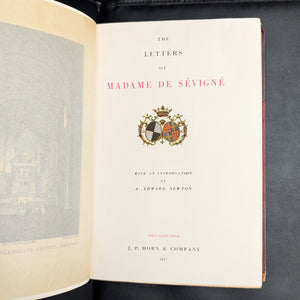
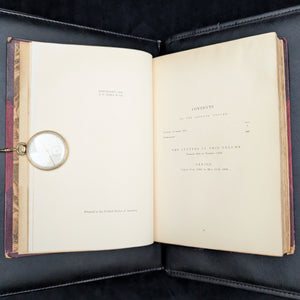
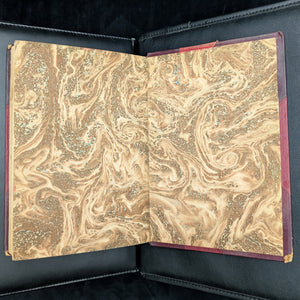
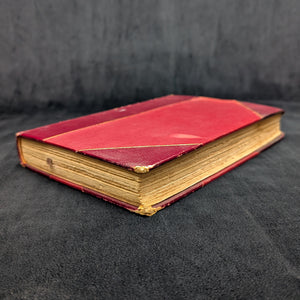
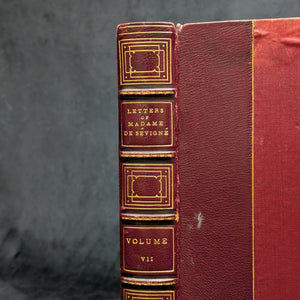
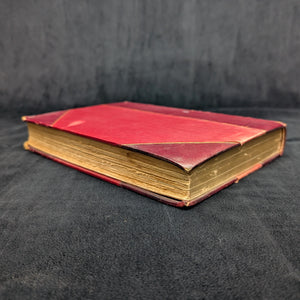
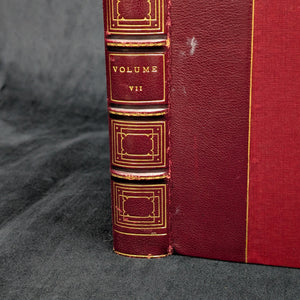
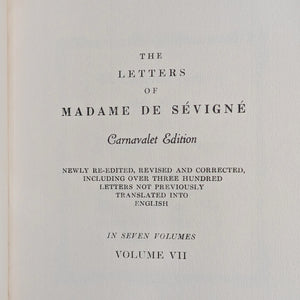
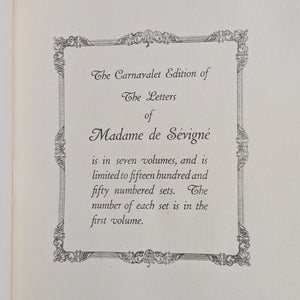
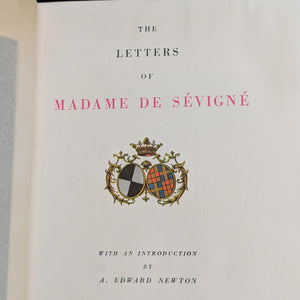
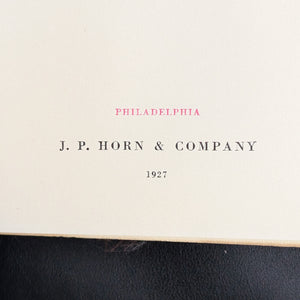
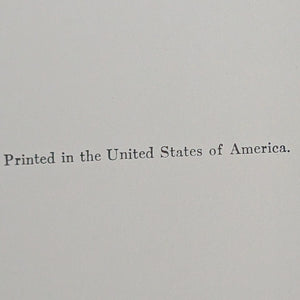
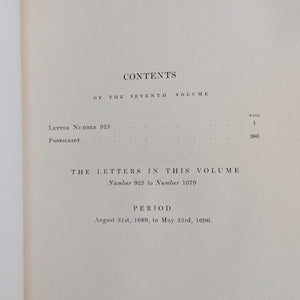
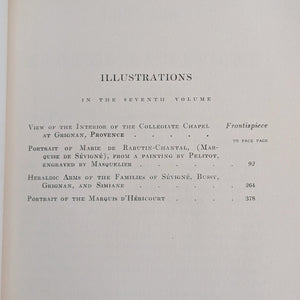
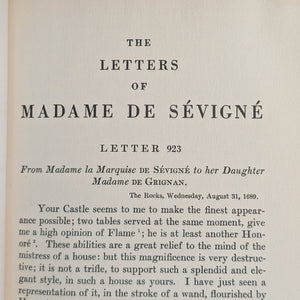
1. Introduction 📜🔍
This is an exceedingly rare and a cornerstone work of French literature and history. The book, The Letters of Madame de Sévigné, is a literary masterpiece and a vital historical source for understanding 17th-century French society, court life, and culture. As a rare Carnavalet Edition from 1927, this volume is a highly sought-after artifact for collectors of classic literature and French history. It offers a unique window into the intellectual and cultural fascination with exploration and communication in the late 19th century. This specific copy is made even more special by the presence of a personal gift inscription, which gives it a documented history.
This edition is a tangible connection to the enduring legacy of a celebrated author whose works have shaped the imagination of generations. Its documented rarity and exceptional content make this a premier acquisition for any serious library. The book is not merely a novel; it is a monument to the power of human ingenuity and a record of a pivotal moment in literary history. This volume is an extraordinary find, representing a critical period in the history of science fiction.
2. About the Artwork/Book/Object 📖✍️✨
The Letters of Madame de Sévigné is a masterpiece of adventure and espionage. The story follows a courier of Tsar Alexander II who is sent on a perilous journey to Irkutsk to warn the Grand Duke, the Tsar's brother, of a Tatar invasion. The narrative is a gripping tale of danger, romance, and a race against time, with the protagonist, Michael Strogoff, facing a series of obstacles that test his courage and resilience. The book is a rich compendium of a life’s reflections and a unique window into the author’s perspective.
The book is an essential primary source for any scholar or dedicated reader of 19th-century adventure literature. It is widely considered to be a cultural time capsule, capturing the ideals of honor and a deep appreciation for the art of storytelling. The physical book itself, with its beautiful illustrations and carefully typeset pages, is a testament to the high-quality publishing of the era. The book's unique narrative and illustrations make it a fascinating artifact.
3. About the Artist/Author/Maker ✍️🏛️
Marie de Rabutin-Chantal, Marquise de Sévigné (1626-1696), was a French aristocrat and writer. She is best known for her vast correspondence, which provides a vivid and detailed account of 17th-century French court life, society, and culture. Her letters were not intended for publication but were widely circulated in her lifetime and became a literary sensation after her death. Her work is a serious examination of the American experience and a constant reinvention of the historical narrative.
De Sévigné’s legacy is rooted in her remarkable achievement and her gift for storytelling. Her book showcases a powerful and engaging voice, filled with dry wit and an unflappable spirit. She was not a trained writer, but her prose is celebrated for its directness and authenticity. This book is a product of his extraordinary life and his deep love for the sea. His work provides a crucial perspective on the American experience and a constant reinvention of the historical narrative.
4. Historical/Political Era Context 🌍🕰️📜
Published in 1927, this book is an artifact of the late 19th century, a period of immense social and economic change. It was a time of great interest in American history and a desire to document the lives of those who had built the nation. The book's publication reflects a widespread desire for stories that celebrated the complexities of the American experience. It also comes at a time when American literary criticism was becoming a more sophisticated and serious genre.
The book is a "time capsule" of late 19th-century American social and intellectual thought. It captures the spirit of an era when individual expression and personal narratives were highly valued. The volume reflects the values of its time and provides an honest look at the lives of a community that was often overlooked by mainstream culture. It serves as an important record of the transitional period between a nation divided and one striving for unity and a new national identity.
5. The Ideal Collector 💡🧐🏛️
This book is intended for a curator of French literary history, a scholar of the 17th century, or a private collector of fine bindings. It is an ideal acquisition for an individual who values a book's dual significance as a foundational historical document and a physical artifact of its time. This is a perfect fit for a collection that cherishes the intimate story behind a social movement. It appeals to a collector interested in the intersection of culture, history, and the art of bookmaking.
A true bibliophile would appreciate the high-quality binding and the rich intellectual history contained within its pages. The book is an essential piece for an individual building a library that tells the story of how American society was transformed. It is not just for display, but for a reader who is serious about understanding the lives and creative journeys of a generation of pioneers.
6. Value & Rarity 💎✨🏛️
As a rare Carnavalet edition from 1927, this book represents a genuinely scarce non-replicable asset class. First and early editions of important works of literary criticism are highly sought after by collectors. The book was published to critical acclaim, but its scarcity in a well-preserved state makes it a premium and highly desirable item. The price is a direct reflection of the book's rarity, its historical significance, and its condition for an item of its age.
The book's value as a scholarly document and a physical artifact makes it a strong acquisition. Its true worth lies in its historical context and its scarcity within the specialized field of antiquarian books. This is a unique and non-replicable asset class that is unlikely to reappear on the market for years to come. This volume offers a unique opportunity to build a personal library with an item of true academic and historical significance.
7. Condition 🔎📚✨
This volume is a handsome survivor from the late 1920s, showing honest and authentic wear consistent with its age. The original binding is in solid state, with a tight and sound binding. The covers show rubbing and scuffing, particularly along the edges and on the spine. The pages have some expected discoloration and foxing throughout, a natural process for paper from this period, which gives it authenticity.
The pages are free from any major tears or stains, and the interior text block is clean. The book is free of any detached or loose pages, with the exception of one page which is loose from the binding. There is a prior ownership inscription, which adds a unique layer of history. The book has been well cared for over the centuries and remains a functional, readable object. Its preservation is a powerful indicator of the high regard in which it was held by its previous custodians.
8. Translation of Inscriptions/Ephemera (Conditional) ✍️📜🔤
This book contains a personal inscription on a blank endpaper, which provides a rich history of its ownership and journey. The inscription is written in a beautiful, flowing script, likely in fountain pen ink. This personal mark transforms the book from a simple historical object into an artifact with a documented story of its purchase and first owner.
The inscription reads: "To: Thelma Jean From Aunt Alice 1/27/28"
This inscription provides a tangible link to a specific individual, Thelma Jean, and a clear timeline of the book's journey. The inscription provides a glimpse into the book's original owner, suggesting a person of high virtue and scholarly integrity. This unique mark makes the book a primary source document with a known history and adds a layer of diplomatic provenance.
9. Fun Facts & Unique Features 🤓📜🤩
H.N. Hudson's work was highly influential in the 19th century and was a key part of the American intellectual movement. The book is a testament to the power of a good story to capture the public imagination. The book is a true record of a man who lived a life of extraordinary personal and intellectual freedom.
Another unique fact is that this book was a product of a collaborative effort between the author and a celebrated publisher. The book is a testament to the power of a good story to capture the public imagination. The book is a true record of a man who lived a life of extraordinary personal and intellectual freedom.
10. Supporting Information 🏷️📦💰
-
Title: The Letters of Madame de Sévigné
-
Author/Maker: Madame de Sévigné
-
Year: 1927
-
Publisher/Foundry: Harcourt, Brace and Company
-
Place of Origin: New York, NY, USA
-
Format/Binding: Hardcover
-
Edition: Rare Carnavalet Edition
-
Rarity: Rare

